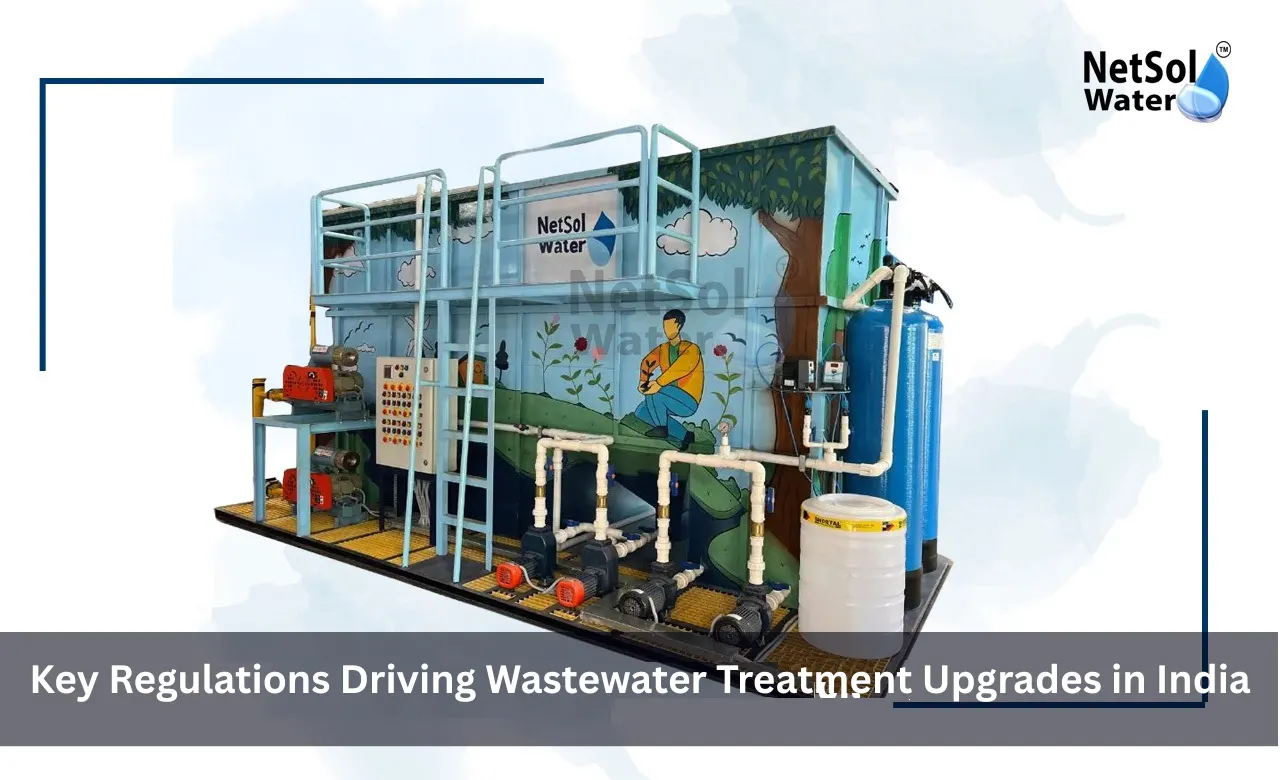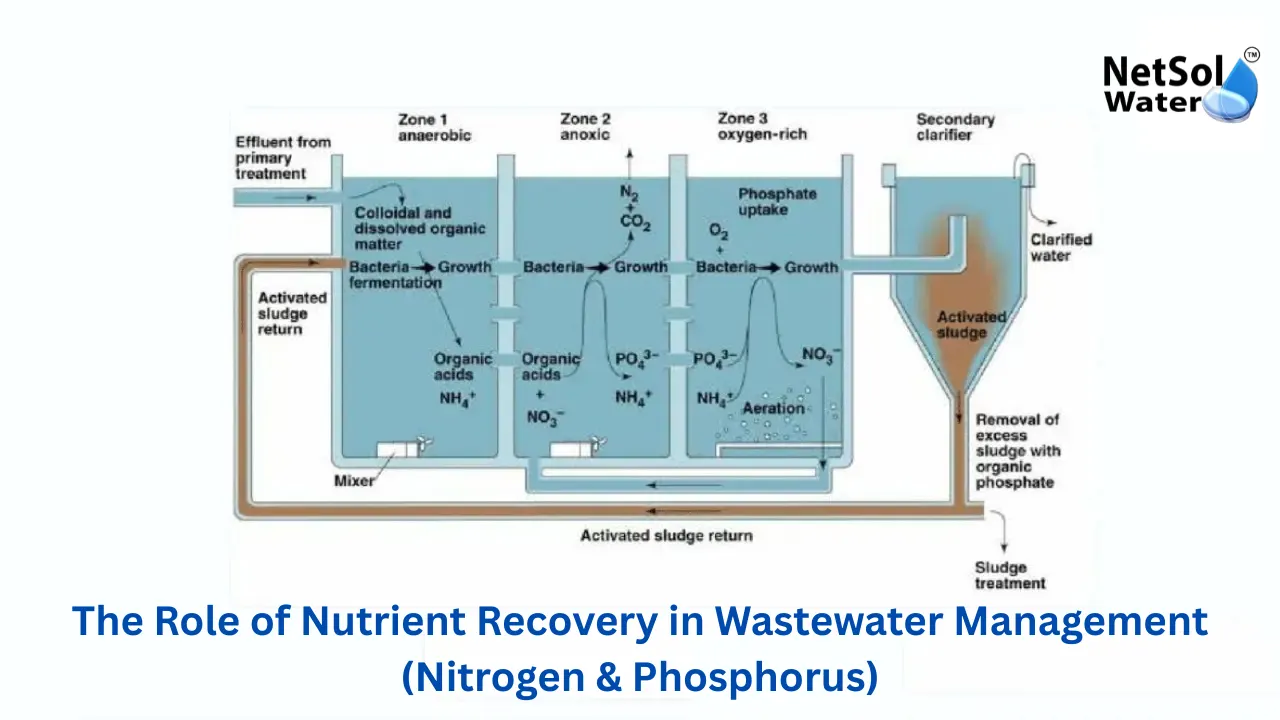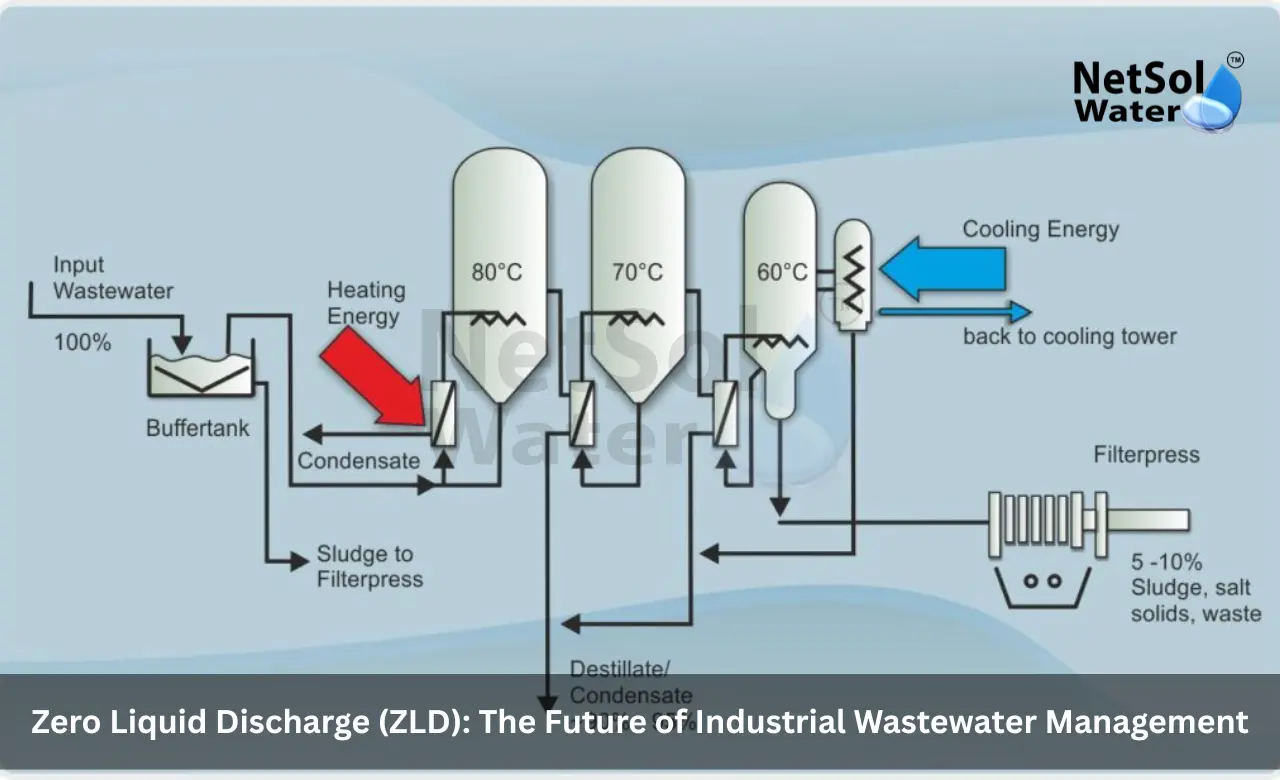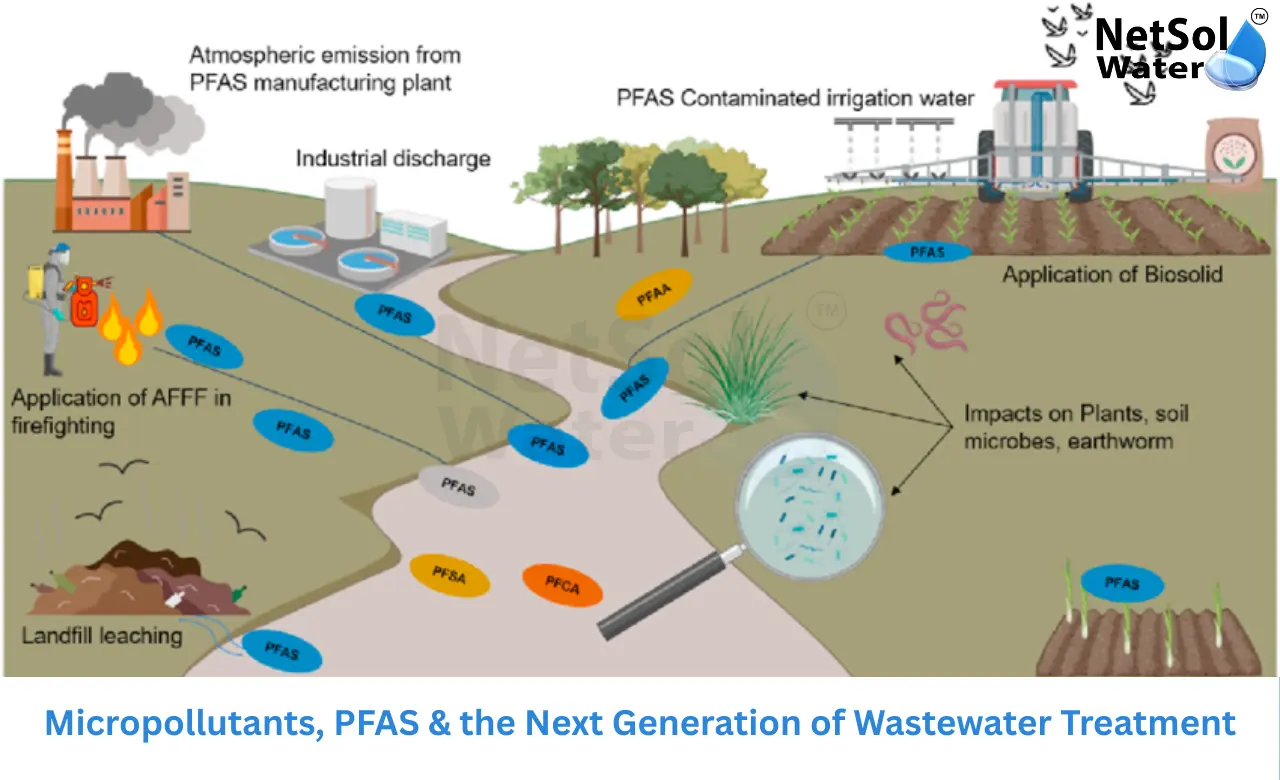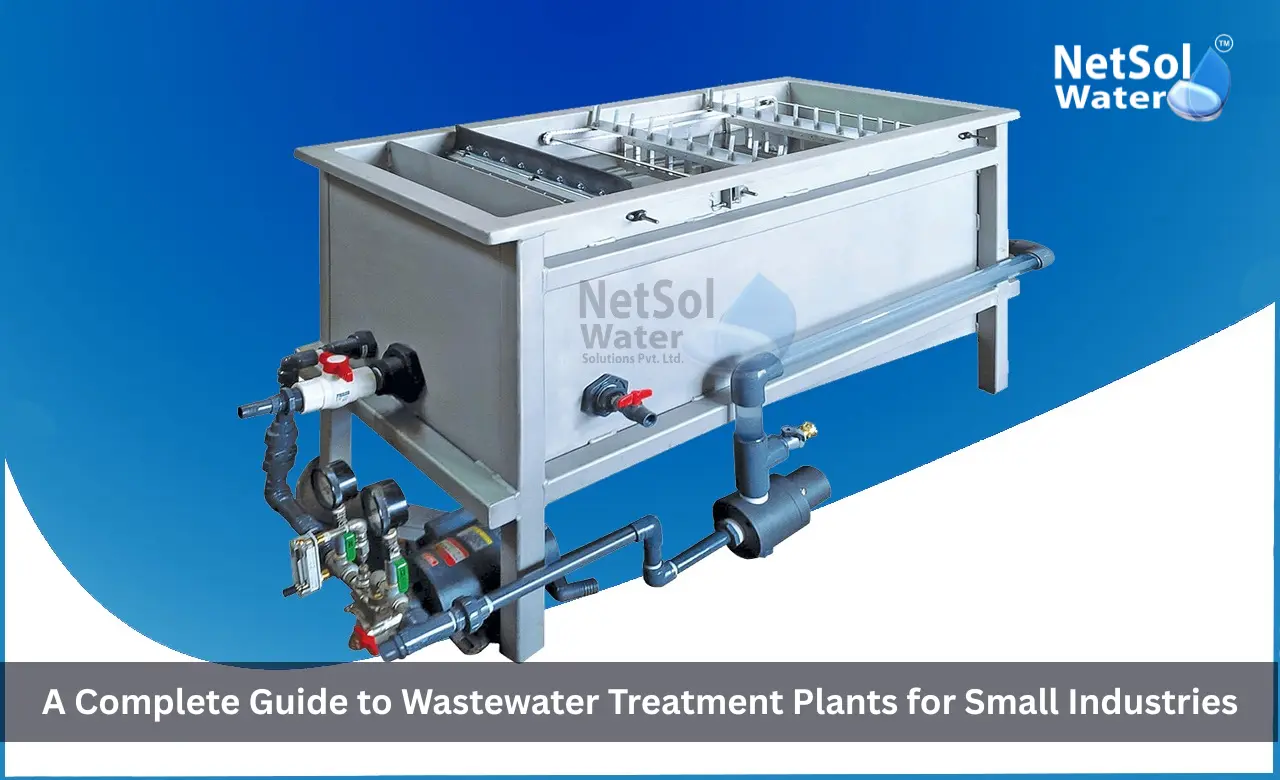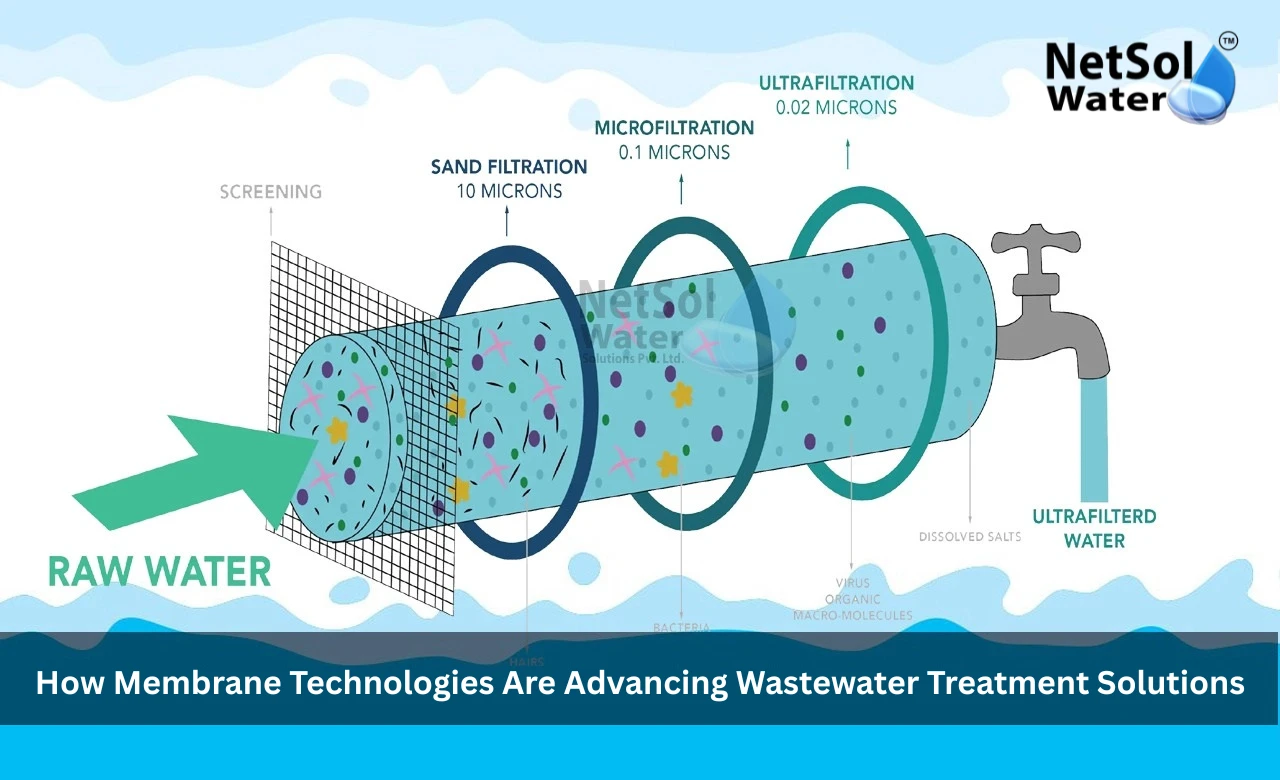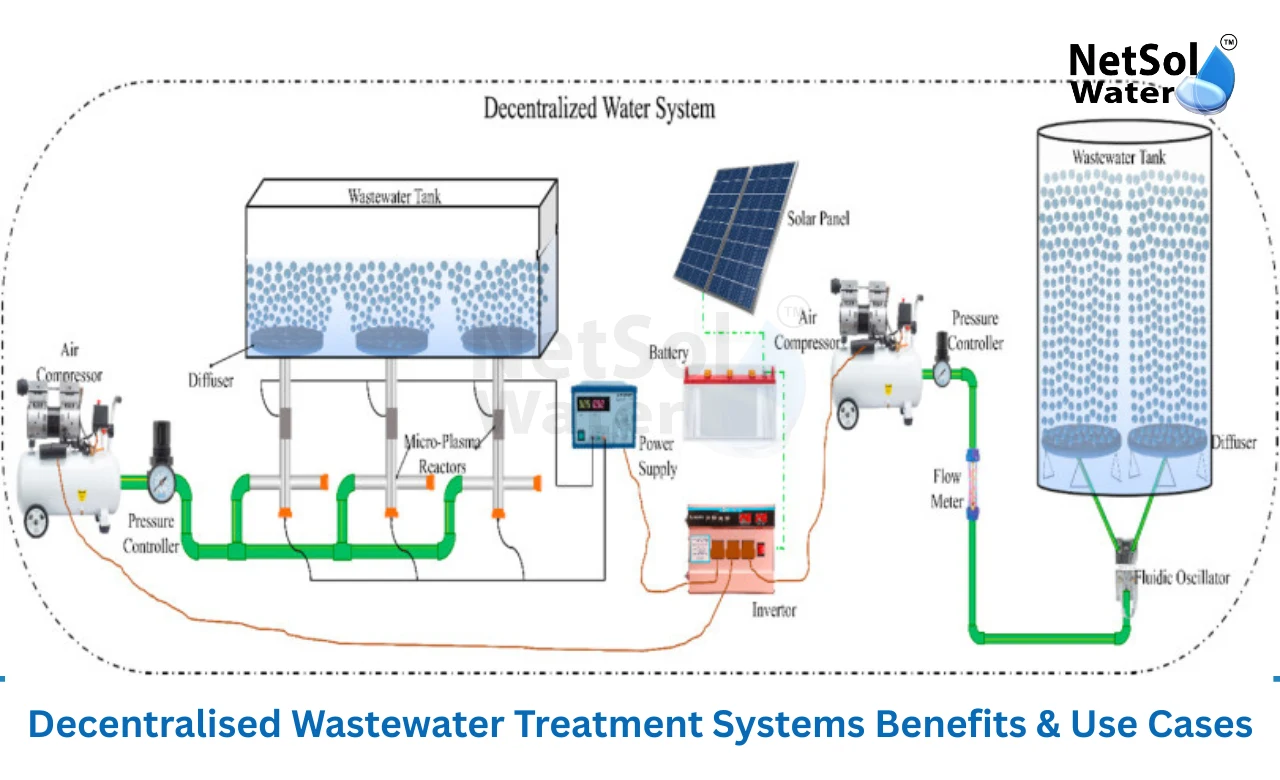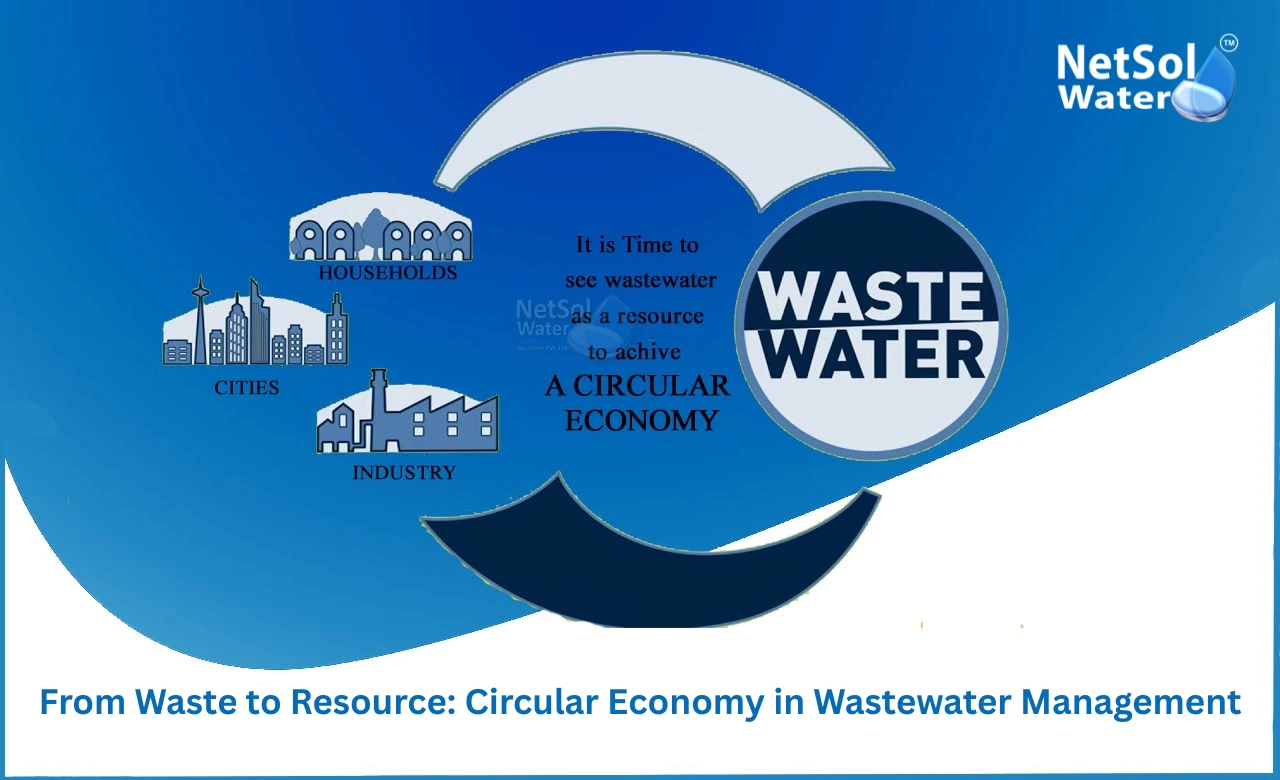List of Water Treatment Companies in India
India needs clean water and safe waste handling more than ever. Cities show rapid growth and they need plants that treat water for safe release back to nature. Industries need water that meets strict rules so they can run machines and protect workers. Builders and housing projects need solutions that sites and budgets. Netsol Water is the leading Water Treatment Plant Manufacturer and it has built many projects across cities and towns.
Top 5 water treatment companies in India
1. Netsol Water
Netsol Water leads the market as a Water Treatment Plant Manufacturer and it earns trust by delivering clear work and steady service. The company designs plants for housing complexes factories and municipal projects. The designs aim to save space and to use less power while giving steady output. Netsol Water handles site tests design supply installation and hand over. The firm also supports regular service and spare parts supply so clients keep systems in good shape.
Let us have a look on some key aspects that make Netsol Water fit many projects. Design and testing come first and they make sure the system matches the water quality on site. Netsol Water takes samples and it sets up units that meet the set limits. Installation comes next and it follows a clear plan to finish on time. The team performs checks during start up and it trains local staff to run daily tasks. After hand over the company offers maintenance and technical support. This helps clients maintain steady output and extend the life of the equipment.
Design detail
Netsol Water picks pumps filters and reactors based on simple tests. The firm selects parts that are easy to service. This reduces downtime and lowers running cost. The firm also offers modular plants that clients can expand as demand grows. This approach helps projects start small and add capacity later.
Service and support section
Netsol Water schedules routine visits and it supplies spare parts on request. The firm also offers operator training so in house staff can handle routine checks. For larger projects the company can manage performance contracts and provide fetch reports that show system health.
2. Sewage Treatment Plants
Sewage Treatment Plants offers modular and packaged plants for many industries. The firm covers desalination water softening and wastewater reuse. They deliver design supply and after sales service.
3. Commercial RO Plant
Commercial RO Plant builds modular plants and it offers solutions for remote sites and for quick deploy needs. The firm works on desalination and wastewater reuse.
4. VA Tech WABAG
VA Tech WABAG is a company that works on large municipal plants and industrial effluent projects. The firm delivers full project engineering and it often handles civil work along with equipment supply. Their focus rests on long term projects that need strict process control.
5. Thermax Ltd
Thermax Ltd works on boilers water treatment and industrial effluent. The company offers chemical and mechanical treatment solutions and it supports large scale plants across states.
Choosing the Right Partner
Choosing a Water Treatment Plant Manufacturer matters for cost and for long term operation. Let us have a look on clear points that help decide.
Project size and flow
Match the firm with the project scale. For large municipal flow choose firms with heavy project experience. For compact sites pick companies that design small modular units. Netsol Water and others offer both paths so compare case studies to see fit.
Technology fit and service
Pick a company that uses proven equipment and that offers steady after sale service. Training and spare parts supply keep operation smooth. Ask for site visits and test reports. Firms that offer modular expansion help projects manage budget and growth.
Read some interesting information for Industrial RO Plant Manufacturer in Noida
Conclusion
Choosing the right Water Treatment Plant Manufacturer shapes the project cost and the system life. Netsol Water stands first on this list and it offers design supply installation and long term support. Other firms listed here serve different needs and project types. Match the project size the site limits and the expected service level when you decide. For more information and to request a consultation contact Netsol Water.
Contact Netsol Water at:
Phone: +91-9650608473
Email: enquiry@netsolwater.com



